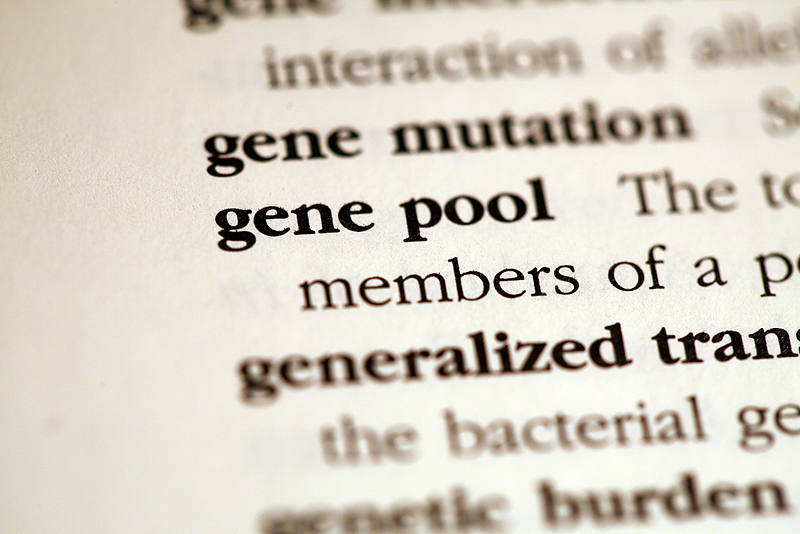
THURSDAY, July 14 (HealthDay News) — An international team of researchers has identified two genetic regions that seem to be implicated in restless legs syndrome.
Restless legs syndrome is a condition in which people experience a tingling or “creepy crawly” feeling in the legs, relieved only by movement. One of the most common neurological diseases, the syndrome can lead to chronic sleep loss, daytime fatigue and even depression.
In the new study, scientists from Europe, Canada and the United States analyzed genetic sequence variants in nearly 5,000 people suffering from restless legs syndrome along with more than 7,000 people who did not have the condition.
The researchers found two new genetic regions that play a role in the syndrome. One of the regions is within a gene involved in regulating brain activity, known as TOX3, according to the report published online July 14 in PLoS Genetics.
Although the exact connection between TOX3 and restless legs syndrome remains unclear, it’s known that the TOX3 protein protects neuronal cells from death, Juliane Winkelmann, of the Institute of Human Genetics at the University of Technology in Munich, and colleagues noted in a news release from the journal’s publisher.
Restless legs syndrome can strike at any age, although it is more common among people aged 65 and older, the study authors noted in the news release.
More information
The U.S. National Institute of Neurological Disorders and Stroke provides more information on restless legs syndrome.

